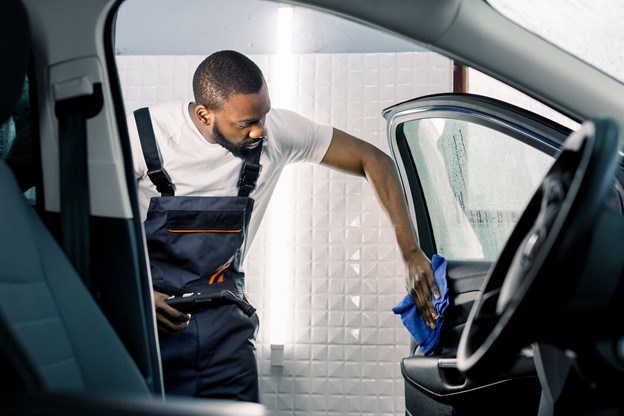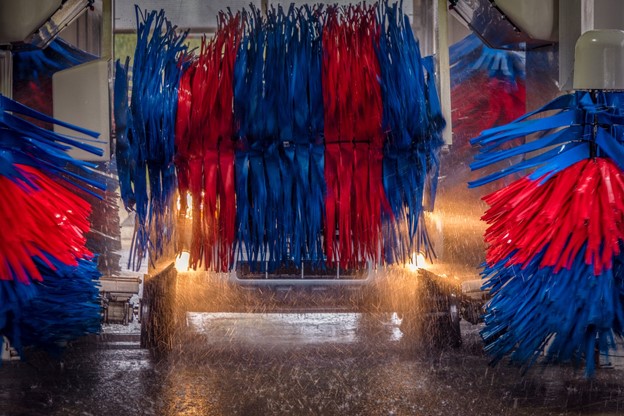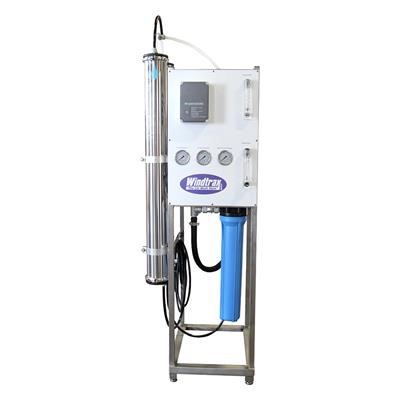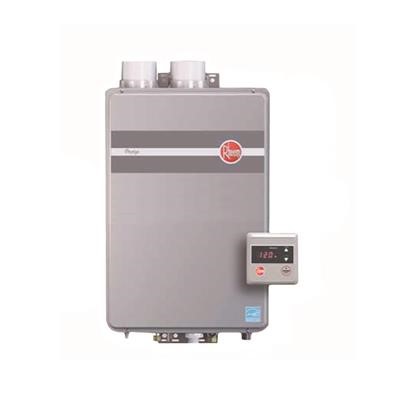Car Wash Vocabulary Every Car Wash Employee Should Know
 Car wash owners utilize a wide variety of equipment for washing, waxing, and drying vehicles. It is essential for any successful car wash business to ensure that its employees understand various terms and their meanings.
Car wash owners utilize a wide variety of equipment for washing, waxing, and drying vehicles. It is essential for any successful car wash business to ensure that its employees understand various terms and their meanings.Employees are often tasked with different tasks, such as inspecting wash systems, maintaining wash systems, and making sure the car wash remains operational. Some of the more common terms every car wash employee should know include:
- Above-Ground Storage Tank – This is the storage tank that stores water for spot-free rinses.
- Air Blowers – The air blowers are the car wash equipment responsible for air drying vehicles.
- Alkali – Alkali references chemical substances with a pH higher than seven that neutralize acids or reacts with them in some manner.
- Applicator Pump Stations – Applicator pump stations are located in the equipment room. They are used to mix detergents, waxes, and other chemicals at the correct ratios and pump them to the wash equipment.
- Automated Pay Stations – These are self-service pay stations where customers can select their wash options and pay for their wash using various payment methods.
- Back-Flushing Head – This is part of the spot-free rinse system. It automatically back-flushes the system's carbon, so car wash employees do not have to manually back-flush the system.
- Biodegradability – This refers to how well matter will decompose naturally through normal processes.
 Chemical Metering System – The metering system regulates the chemicals from the equipment room to the wash system to ensure proper distribution during wash and wax cycles.
Chemical Metering System – The metering system regulates the chemicals from the equipment room to the wash system to ensure proper distribution during wash and wax cycles.- Cloth Friction Wash – This type of car wash uses cloth spinners to help remove dirt from vehicles or assist with drying.
- Dispensing Stations – The dispensing stations are kept in the equipment room. They consist of various storage containers with premixed car wash solutions. They are connected to the chemical metering system.
- Express Exterior Wash – This is an express wash that washes the vehicle and rinses it without any other detailing.
- Filter Efficiency – This refers to the efficiency of filters to remove particulate matter and retain it.
- Float Sensors – These sensors monitor the levels in various storage tanks and reservoirs. They are often used with automated systems, such as refilling dispensing stations when they get low.
- High-Pressure Pump Stations – These pump stations create high pressure for high-pressure wash cycles.
- In-Bay Automatic Car Wash – This type of automated car wash is used in small car wash bays. The vehicle pulls in and parks, and the wash moves around the vehicle to clean it.
- Low-Pressure Hoses – These hoses release various fluids during the wash cycle at a low pressure for an even, steady flow rate.
- Magnetic Switch – This type of sensor determines the vehicle’s position in the car wash. In conveyor washes, it keeps distance between vehicles to prevent collisions. For in-bay automatic car washes, the magnetic switch ensures the vehicle remains in place during the entire wash cycle.
- Needle Valve – This is a valve used to regulate and maintain a consistent flow of car wash solutions and other liquids for metering purposes.
- Nozzle – This is a part of the wash apparatus that sprays water, soap, and wax onto vehicles in a specific spray pattern.
- pH – The measure of a solution's alkalinity or acidity that ranges from zero to fourteen, acidic solutions will have a pH in the lower numbers, neutral solutions at seven, and anything above seven indicates an alkaline solution.
- POS – The point-of-sale system used in a car wash used to ring up sales transactions can be automated or operated by a car wash technician.
- Presoak – This is the first step in the wash cycle that applies water or a prewash solution to the vehicle before the main wash.
- Pressure Pad – Pressure pads are another type of sensor that helps the wash system determine the position of the tires, where they are located, and how far apart they are from front to back and left to right.
- PSI – PSI is a measure used for air pressures that means pounds per square inch.
- Reclaimed Water – Water is reclaimed from wash cycles and reused repeatedly to reduce water waste generated by car washes.
 Reverse Osmosis Systems – Reverse osmosis (RO) systems are used to remove impurities and organic matter from water that is then stored in water tanks used during wash cycles.
Reverse Osmosis Systems – Reverse osmosis (RO) systems are used to remove impurities and organic matter from water that is then stored in water tanks used during wash cycles.- Sealer Wax – Clear coat liquid waxes are applied at the end of the wash cycle to help protect the vehicle’s paint and clear coat.
- Soft Water – Water that has been processed through a water softener system, soft water requires less use of detergents and soaps, so it helps reduce car wash supply costs.
- Spot-Free Systems – Spot-free systems utilize RO systems to make the water used during spot-free rinse cycles, as well as other wash cycles, to reduce the likelihood of spots forming when the water dries.
- Three-Color Foam – This type of foam, also known as tri-color foam, releases three different foams to apply wax, conditioner, and polish to the vehicle during the wax cycle.
- Tire Dressing – Armor All or another similar product is applied to the vehicle’s tires as part of detailing services.
- Tire Shiners – This piece of car wash equipment automatically applies tire dressing to the wheels.
- Tunnel Controller – This is the part of the wash system that turns on and off various parts of the car wash as vehicles move through the car wash tunnel.
- Undercarriage/Underbody Wash Applicator – This part of the wash system washes and rinses the underside of vehicles to remove dust, dirt, mud, salt, etc. The applicator can also apply rust inhibitors.
- Universal Joint – This joint creates rotational motions between two connected shafts.
- VFD (Variable Frequency Drive) – A drive control device regulates the speed of blow dryer motors.
- Washer Extractor – This is an industrial washer and dryer used by car wash technicians for washing and drying towels.
 Water Heater – This heats wash water to the desired temperature. Water heaters are typically used in colder locations in winter to prevent water from freezing during the wash cycles.
Water Heater – This heats wash water to the desired temperature. Water heaters are typically used in colder locations in winter to prevent water from freezing during the wash cycles.- Water Softener System – Used to soften water and remove chlorine, solids, and minerals from the water, this system is often used with an RO system to create high-quality wash water used during wash cycles.
How good is your car wash vocabulary? Did you know most of these terms or all of them? This was just a small sampling of car wash vocabulary car wash employees need to know. There are over 300 such terms used to describe equipment, wash processes, and other related items at car wash businesses.
 Chemical Metering System – The metering system regulates the chemicals from the equipment room to the wash system to ensure proper distribution during wash and wax cycles.
Chemical Metering System – The metering system regulates the chemicals from the equipment room to the wash system to ensure proper distribution during wash and wax cycles. Reverse Osmosis Systems – Reverse osmosis (RO) systems are used to remove impurities and organic matter from water that is then stored in water tanks used during wash cycles.
Reverse Osmosis Systems – Reverse osmosis (RO) systems are used to remove impurities and organic matter from water that is then stored in water tanks used during wash cycles. Water Heater – This heats wash water to the desired temperature. Water heaters are typically used in colder locations in winter to prevent water from freezing during the wash cycles.
Water Heater – This heats wash water to the desired temperature. Water heaters are typically used in colder locations in winter to prevent water from freezing during the wash cycles.